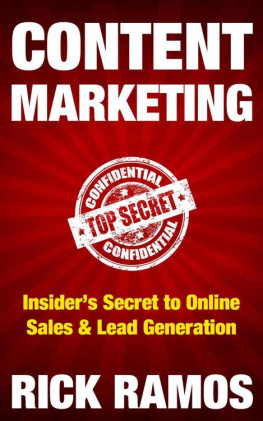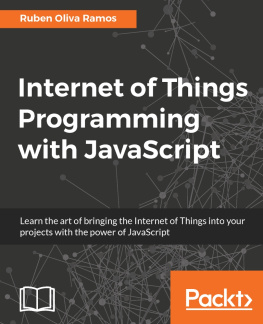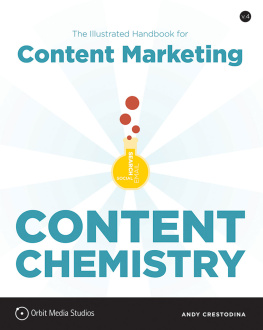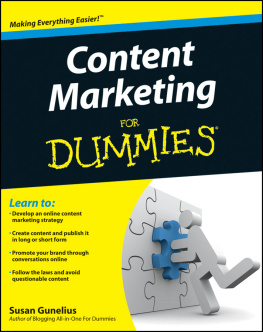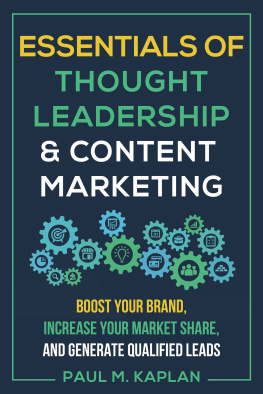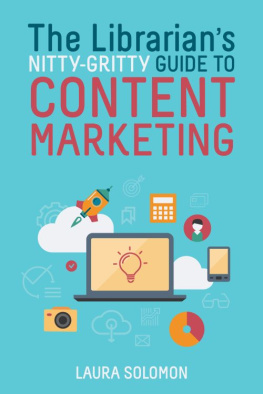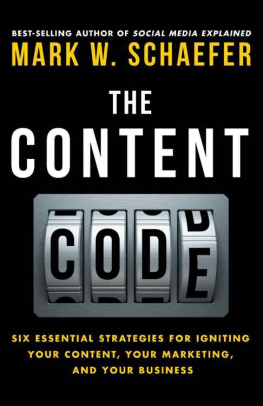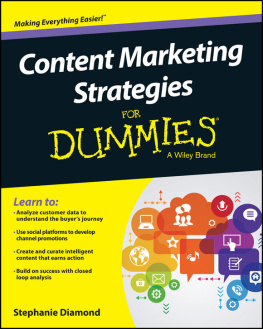The Big Book of Content Marketing US Edition v1.2 Andreas Ramos andreas.com (2013)
Etiquettes: US Edition
US Editionttt
The Big Book of Content Marketing: Use Strategies and SEO Tactics to Build Return- Oriented KPIs for Your Brands Content, by Andreas Ramos. All rights reserved. 2013 by Andreas Ramos USA. This document is protected by copyright. No part of this document may be reproduced in any form by any means without prior written permission from the author.
Andreas Ramos
andreas@andreas.com
Book at andreas.com/c_m/
eISBN 978-0-9893600-2-9, Version 2013.05 |

andreas.com |
Trademarks
Names of companies and products in this document are trademarks, registered trademarks, or trade names of their respective holders, and have been used in an editorial fashion only. Neither infringement, endorsement, nor affiliation is intended.
Disclosure and Promotional Consideration
Promotional consideration wasnt requested nor received. Im a co-founder of ClassJunky.com .
Dedication
For Helen Gong
Summary of the Book
Chapter 1: How We Got Here . Advertising and the Web. Traditional advertising was based on traditional medias mode of production and distribution. Web 1.0s near-zero costs for reproduction and delivery destroyed traditional media. Web 2.0 enabled the audience to research on its own and talk among themselves. Content marketing is built on these changes. Chapter 2: The Basics of Marketing. How content marketing fits into the larger framework of marketing. To create good content, you first prepare the groundwork with business goals, branding, messaging, audience and the sales funnel. Chapter 3: Creating Your Content. Content marketing is a collection of people, strategies, and tactics. Well go through these to see how they are assembled together so you can choose the ones that work for you. Chapter 4: The Hub-and-Spoke Model of Content. Lets step back and look at the Big Picture. What is the relation between your website, the content, the distribution sites, and your audience? Lets look at hub-and-spoke and the content engine. Where is your audience? Chapter 5: Your Active Audience 90/9/1. 1% of any audience creates new ideas, 9% talk about the ideas, and the remaining 90% follows the conversation. By reaching the 1%, you can reach the 99%. This chapter outlines the use of content marketing for influencer marketing. Chapter 6: SEO and Content Marketing . This chapter looks at how search engines work. The rise of Web 2.0 and social media however gave people the ability to find and share information with their friends. This means if you create very good content, itll be distributed on its own. Chapter 7: Advertisings Role in Content Marketing . Advertising has its place as a tactic in a content marketing strategy. You can use advertising to rapidly create awareness and drive traffic to a new product or service. Chapter 8: Tracking, Metrics, and Business Goals . The deep goal of content marketing is to support the companys business goals. That means top-line and bottom-line metrics. You can turn marketing into a measurable activity that supports business goals.
About the Author
Ive worked in Silicon Valley since 1995. I was a technical publications manager at SGI, SUN Microsystems, and over 20 dotcom startups, where I wrote and produced more than 75 printed computer manuals. I co-founded two digital marketing agencies. The second one, Position2.com, got investor funding, opened offices in Palo Alto and Bangalore, grew to 175 employees, and was successfully sold in 2012. I was a director of digital marketing at Acxiom. Im on the advisory board of six Silicon Valley startups.
Ive been writing for a long time. For nearly ten years, I was the National Chair of the Technical Writer Division of the National Writers Union (NWU), where I worked with over 3,000 journalists, technical writers, and book authors.
This is my ninth book. My last three books were published by McGraw-Hill in the United States and Tsinghua University Press in Beijing (Tsinghua is the MIT of China). My books have been published in Denmark, Sweden, Finland, Germany, France, the UK, Spain, the United States, China, and Taiwan. Articles by me have been published in an additional twenty-one books, including standard US high school and university history text books and university-level English composition books.
Ive spoken at conferences in New York City, Chicago, San Francisco, Los Angeles, San Jose, Phoenix, Beijing, Shanghai, Aarhus, Paris, and Vienna.
As my pro-bono work, I manage the worldwide Google AdWords campaign for MITs Opencourseware Project (OCW), which is funded by a US$1m Google Foundation Grant. I do this because education enables people to lead better lives, improve the world, and end poverty and war.
I live with my wife and cat in Palo Alto. Visit me at andreas.com.
About the Book
The Books Advisors
The following people contributed many ideas, joined many discussions, and read versions of the manuscript. I deeply appreciate their help. Theyre welcome to dinner and the guest room in my house in Palo Alto any time: Alok Vasudeva (Silicon Valley), Bruce Rossiter (Silicon Valley), Cheryl Burgess (Bridgewater, New Jersey), David Broughton (San Francisco), Duane Atkins (Helsinki), Fred Ramos (Palo Alto), Harry Petty (Silicon Valley), Janet Fouts (Silicon Valley), Marianne McGlynn (Denver), Mark Burgess (Bridgewater, New Jersey), Matt Smith (Silicon Valley), Monte Clark (Kansas City), Nan Dawkins (Washington, D.C.), Paul Wistrand (Helsinki), Rob Wynne (Los Angeles), Ronda Broughton (Silicon Valley), Roslyn Layton (Copenhagen), Suzana Gorea (Paris), Wendy Chang (San Francisco)
I also appreciate ideas and postings from people in the discussion groups by the CMPA and the CMA in LinkedIn, and the Facebook group Social Marketers.
Illustration, Editing, and Production
Business strategy by of Betwin Marketing strategy by of Betwin Content strategy by of Betwin Project management by of Betwin Cover, illustrations, and layout by Olivier Sudol of Betwin Paris operation management by of Betwin Copyediting was supervised by Lisa Carlson and Sydney Pfaff at UC Berkeley Extension. Copyeditors included: . Soundtrack by Lenka, Regina Spektor, Ingrid Michaelson, and Martin Solveig on Pandora. Catering by Zhihong Gong and Anaximander Katzenjammer.
Printed Book, Digital Book, or eBook?
All of my previous books have been released first as printed books by publishers. However, in the last few years, book publishing changed fundamentally. Tablets outsell laptop computers and the number of tablets doubles every year. More than a third of American households now have a tablet. New tools allow digital publishing and distribution.This book will be released primarily for digital distribution. A few hundred copies will be printed. See my blog for more about digital publishing.
Why Do I Use Numbered Sections?
This book will be read on laptops, tablets, and smart phones. Itll also be read on paper as a printed book and as printouts. People can adjust the font and line spacing on their mobile devices. If youre reading this as a paperback book and your friend is using a Nook, you cant use page numbers to tell him where to find something in this book. Thats why I numbered the sections. No matter how youre seeing this book, you cite and find any section by number.
Dollars: Australian, US, Hong Kong, or Canadian?
When I write $100, which is an actual market price (thats what they charge), then I write US$100 to show that its US dollars. But if I write $100 without a country label, then its just an example number. You can think of it as 100 Euros, 100 RMB, or whatever you like. I didnt do this in tables because it looks cluttered.
Next page


